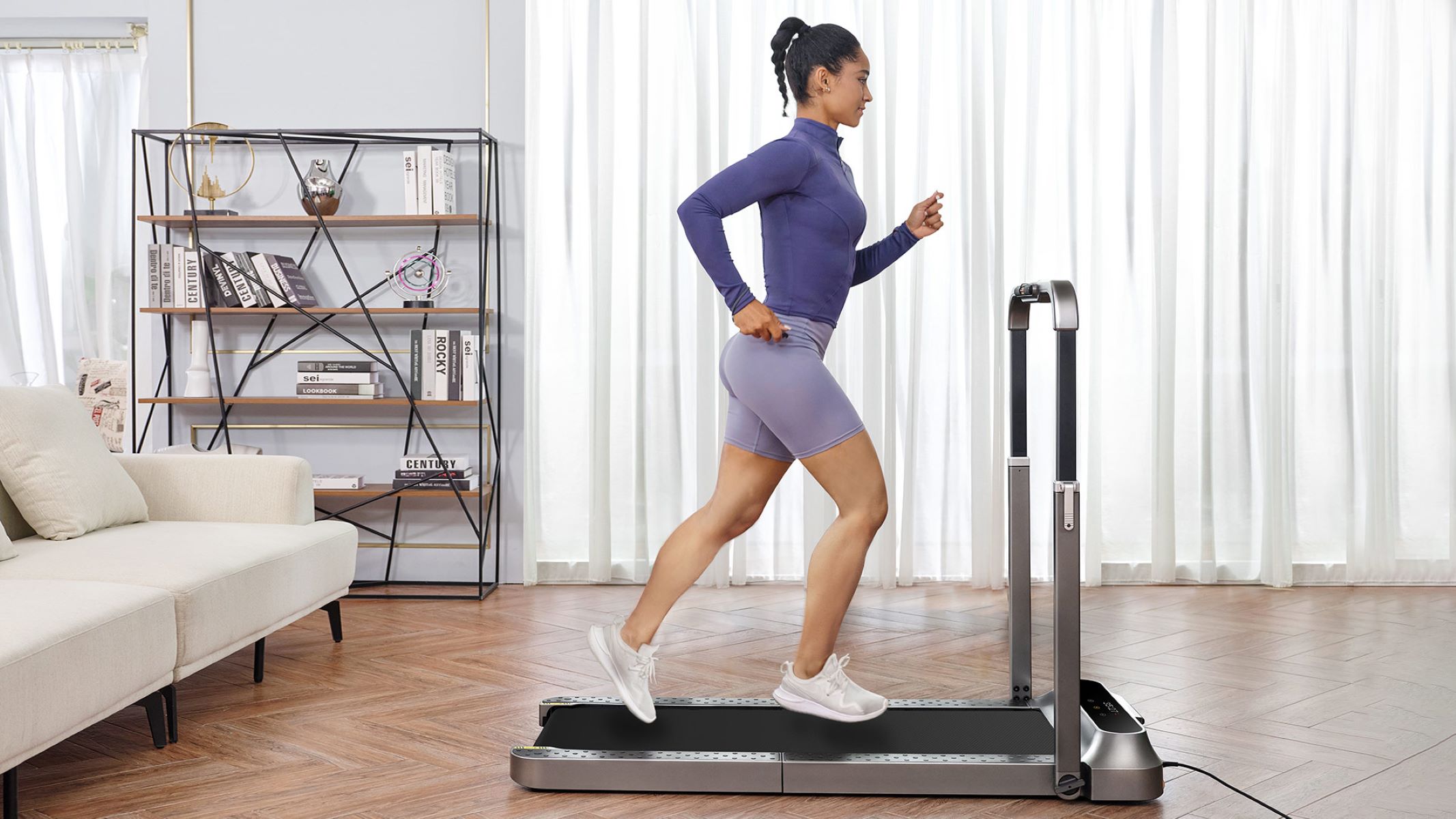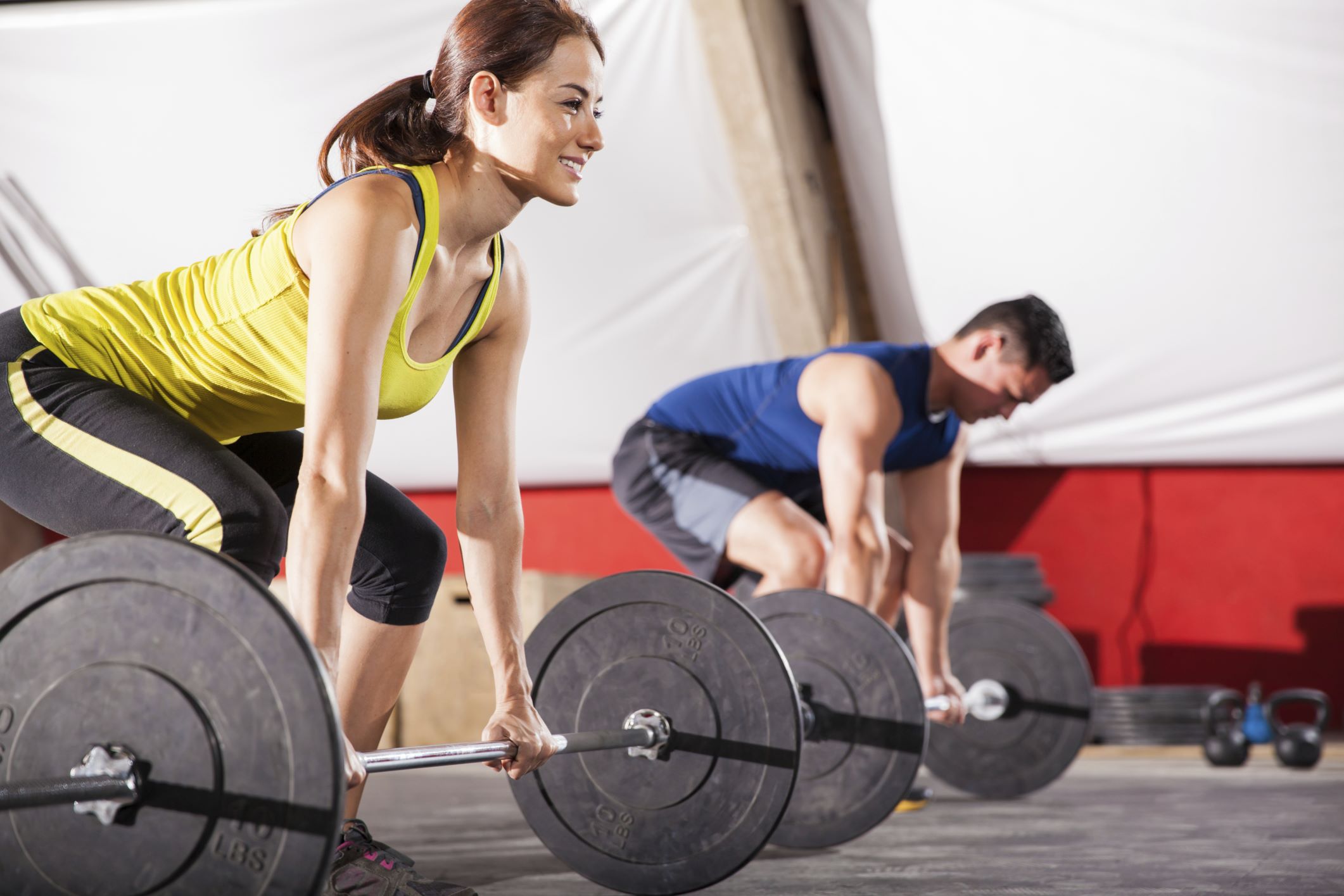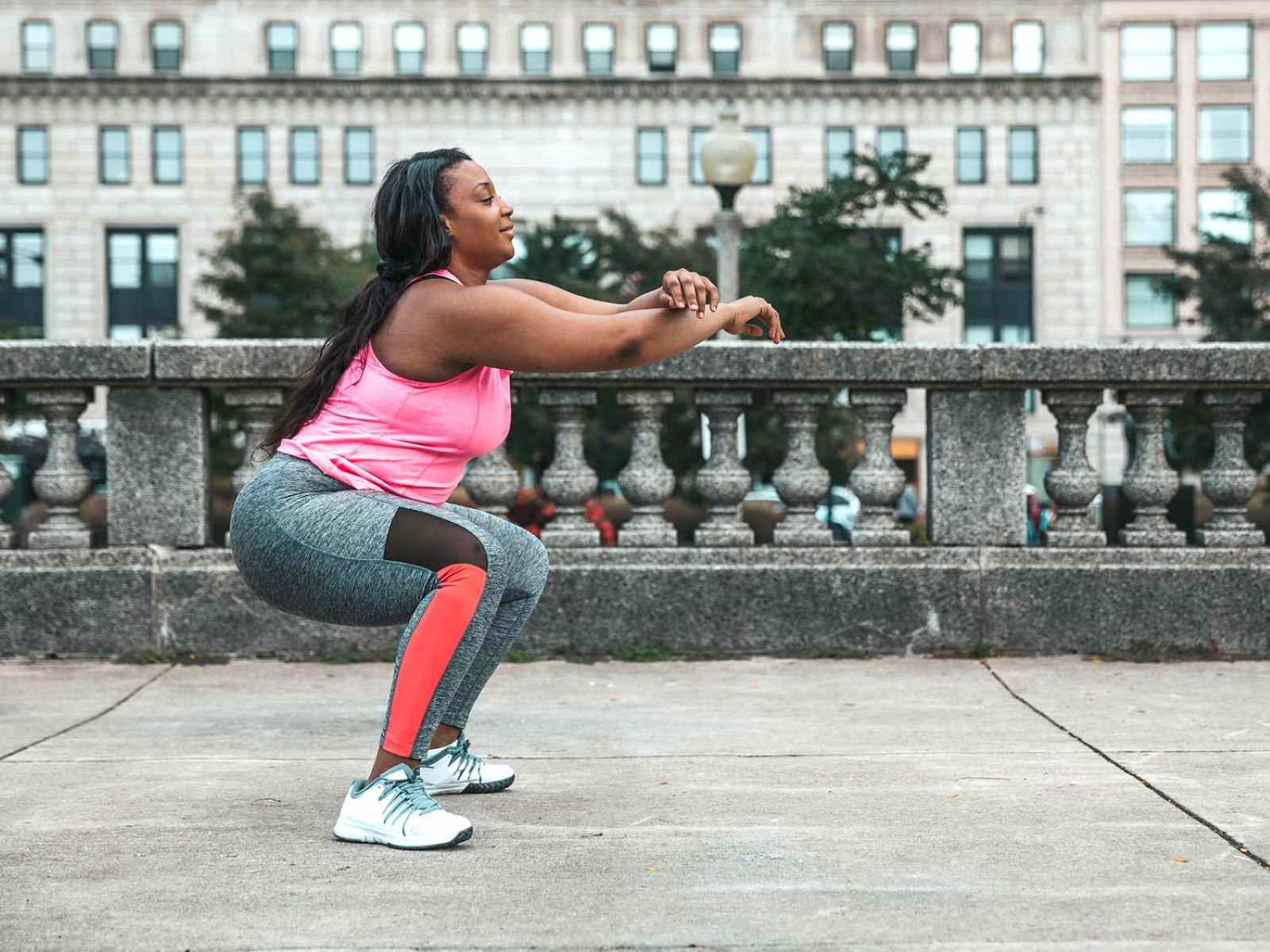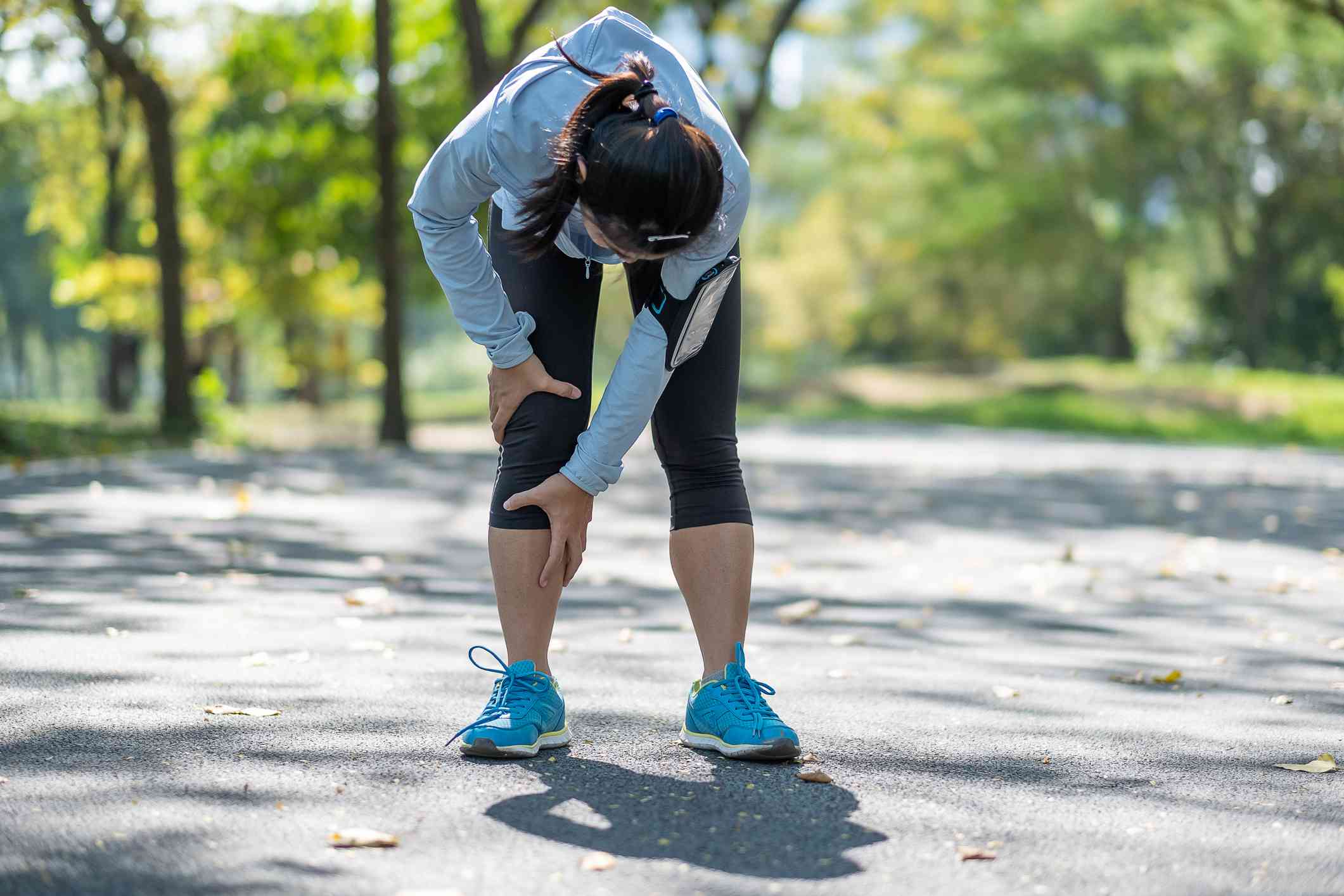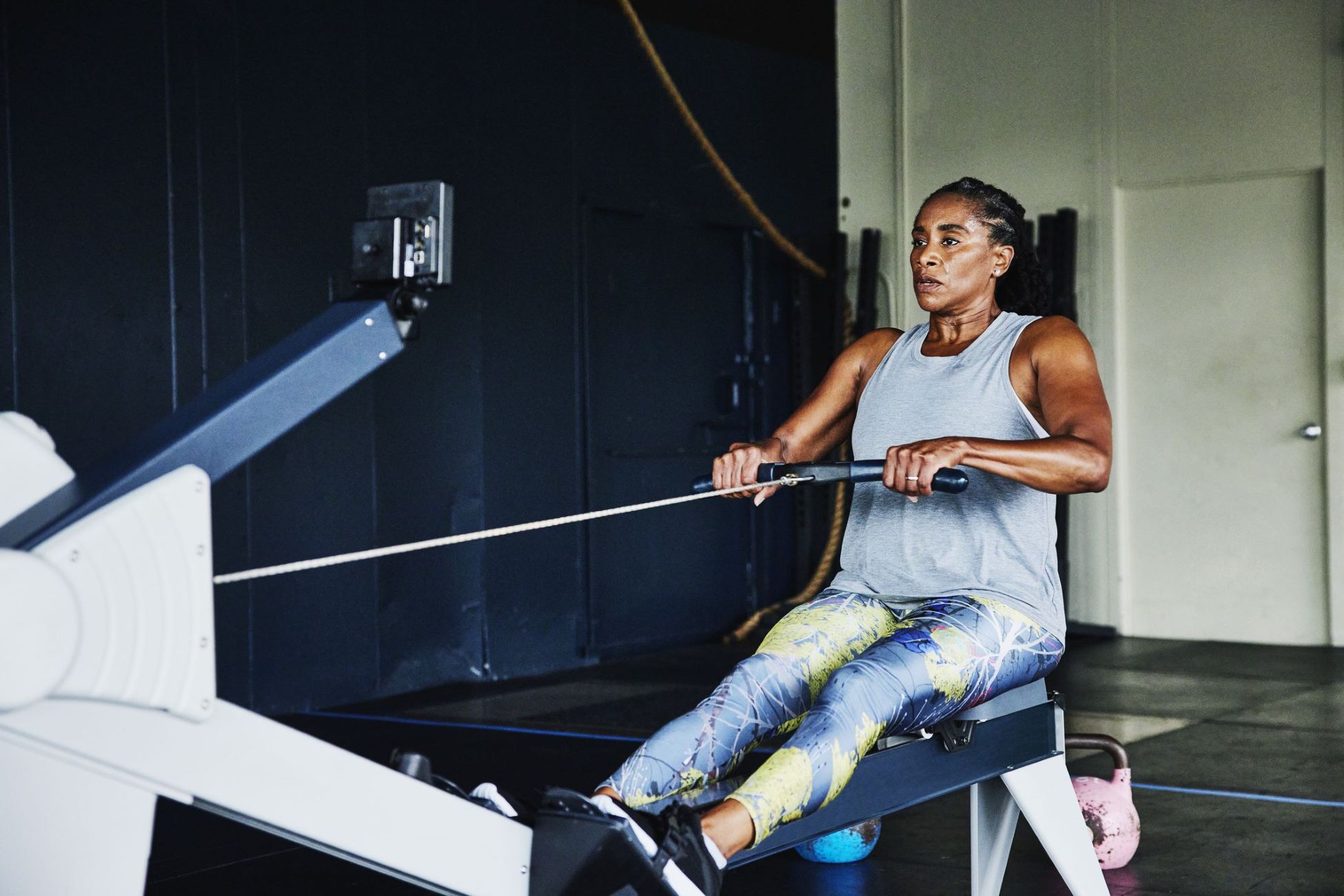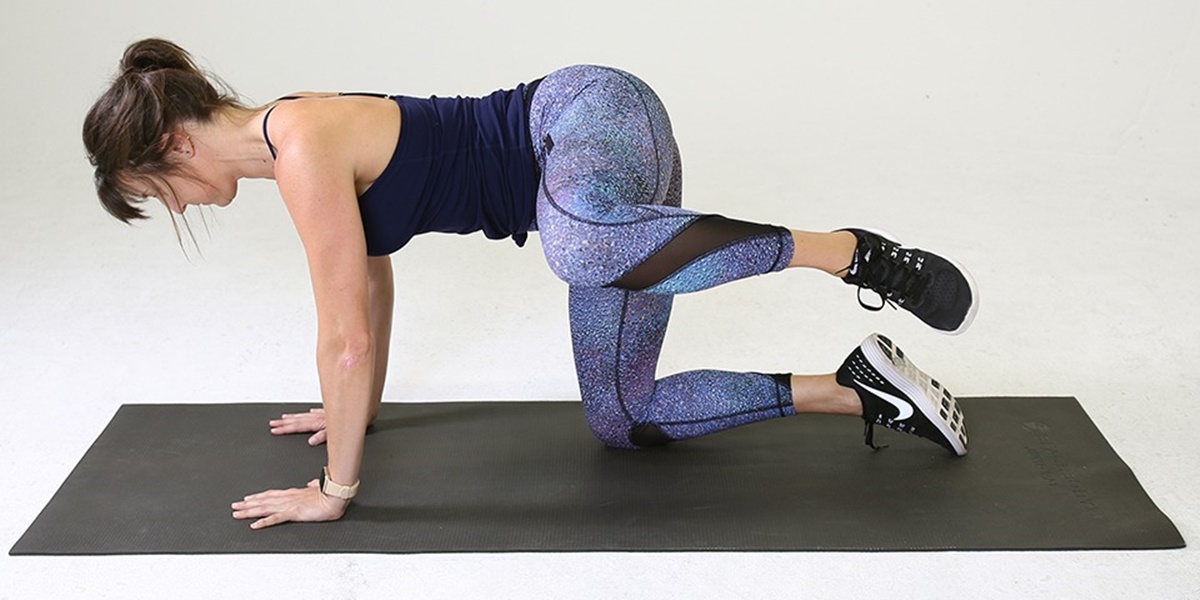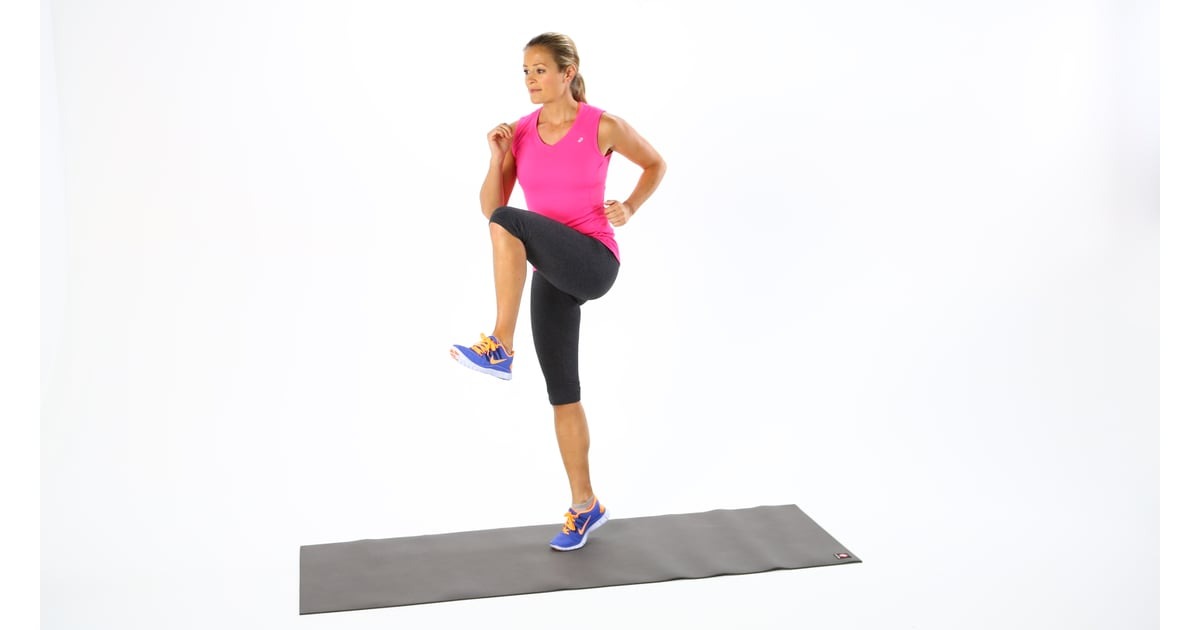

Featured
What Is High Knee Exercise
Published: September 28, 2023
Discover the benefits of high knee exercises and how they can be incorporated into your workout routine. Get featured with this effective and dynamic exercise to strengthen your core and improve cardio endurance.
Introduction
High knee exercises are a dynamic and effective form of cardiovascular and lower-body workout. They involve lifting each knee up towards the chest while on the move, mimicking the action of running. This versatile exercise can be performed by individuals of all fitness levels, making it a popular choice in various workout routines and fitness programs.
High knee exercises offer numerous health and fitness benefits. They target multiple muscle groups in the lower body, including the quadriceps, hamstrings, and glutes, helping to develop strength, endurance, and flexibility. Additionally, high knee exercises provide a great cardiovascular workout, boosting heart rate and improving overall cardiovascular health. When incorporated into a well-rounded fitness routine, high knee exercises can contribute to weight loss, increased agility, and improved athletic performance.
In this article, we will explore the benefits of high knee exercises, learn how to perform them correctly, and discuss different variations. We will also address common mistakes to avoid and provide safety precautions and tips to ensure a safe and effective workout.
Whether you are a seasoned athlete looking to enhance your training or a beginner seeking an enjoyable and effective way to get fit, high knee exercises can be a valuable addition to your routine. So let’s dive in and discover the world of high knee exercises!
What are High Knee Exercises?
High knee exercises, also known as high knee runs or high knee marches, are a dynamic form of exercise that involves lifting each knee up towards the chest while in motion. They mimic the action of running in place, but with a focused emphasis on lifting the knees as high as possible with each step. This exercise can be performed at a variety of intensities, making it suitable for individuals of all fitness levels.
High knee exercises primarily target the lower body, engaging the quadriceps, hamstrings, and glute muscles. They also activate the core muscles for stability and balance. By lifting the knees up towards the chest, high knee exercises provide a more intense workout compared to regular running or jogging.
One of the key benefits of high knee exercises is their ability to effectively elevate the heart rate, making them an excellent choice for cardiovascular conditioning. This helps to improve cardiovascular health, enhance endurance, and burn calories. High knee exercises are commonly used in high-intensity interval training (HIIT) workouts, as they can help maximize calorie burn and improve overall fitness.
Beyond the physical benefits, high knee exercises also offer a range of psychological advantages. They boost energy levels, increase mental focus, and provide a sense of accomplishment. The rhythmic motion of lifting the knees and the quick-paced nature of the exercise can also have a stress-relieving effect, helping to improve mood and reduce anxiety.
High knee exercises can be performed virtually anywhere, making them a convenient and versatile workout option. They require minimal space and no equipment, making them ideal for home workouts, outdoor training sessions, or even during a break at the office.
Whether you are looking to improve your cardiovascular fitness, strengthen your lower body muscles, or add excitement to your workout routine, high knee exercises are a fantastic choice. They deliver a full-body workout and can be easily modified to suit your fitness level and goals.
Benefits of High Knee Exercises
High knee exercises offer a wide range of benefits for both physical fitness and overall well-being. Incorporating high knee exercises into your workout routine can yield significant results. Let’s explore some of the key benefits:
- Cardiovascular Health: High knee exercises are highly effective in elevating the heart rate, making them excellent for cardiovascular conditioning. By boosting the cardiovascular system, these exercises improve the efficiency of the heart and lungs, enhancing overall stamina and endurance.
- Calorie Burn: Engaging multiple muscle groups simultaneously, high knee exercises provide a high-intensity workout. This leads to increased calorie burn, helping to support weight loss goals and improve body composition.
- Lower Body Strength: High knee exercises target the muscles of the lower body, including the quadriceps, hamstrings, and glutes. As these muscles work to lift the knees, they become stronger and more toned. Regular practice of high knee exercises can lead to improved leg strength and stability.
- Improved Agility and Coordination: The rapid motion and coordination required in high knee exercises can enhance agility and coordination skills. This can be particularly beneficial for athletes involved in sports such as soccer, basketball, and tennis.
- Core Activation: High knee exercises engage the core muscles, including the abdominals and obliques, as they stabilize the body during the knee-lifting motion. This helps to improve core strength and stability, leading to better posture and reduced risk of lower back pain.
- Mental Focus: The rhythmic movement of high knee exercises requires concentration and focus. Engaging in this exercise can help improve mental clarity and focus, providing a mental break from daily stressors.
- Flexibility: Continuous knee lifts in high knee exercises can help improve the flexibility and range of motion in the lower body. This can be especially beneficial for individuals with tight hip flexors or limited mobility.
- Accessible and Versatile: High knee exercises are accessible to individuals of all fitness levels and can be modified to suit personal needs and goals. They can be performed anywhere, as they require no equipment and minimal space.
By incorporating high knee exercises into your fitness routine, you can reap these benefits, improving your physical fitness, overall health, and well-being.
How to Perform High Knee Exercises?
Performing high knee exercises correctly is essential to maximize their benefits and prevent injuries. Follow these step-by-step instructions to ensure proper form and execution:
- Stand Tall: Begin by standing up straight with your feet hip-width apart. Keep your core engaged and maintain good posture throughout the exercise.
- Start Slowly: Start with a slow march in place, lifting one knee up towards your chest while keeping the opposite foot on the ground. Alternate between knees, gradually increasing the pace as you get comfortable with the exercise.
- Focus on Form: As you lift each knee, aim to bring it up as high as possible towards your chest. Use your core muscles to help lift your knee and maintain balance.
- Arm Movement: Coordinate your arm movements with your knee lifts. As your right knee comes up, swing your left arm forward, and vice versa. This natural swinging motion adds to the effectiveness and rhythm of the exercise.
- Engage the Whole Body: Ensure that your entire body is engaged during the exercise. Keep your shoulders relaxed, chest lifted, and maintain a steady breathing pattern.
- Land Softly: As you lower each knee back to the ground, aim for a soft landing to minimize impact on your joints. Avoid slamming your feet down forcefully.
- Gradually Increase Intensity: Once you have mastered the basic technique, gradually increase the speed and intensity of your high knee exercises. Challenge yourself to lift your knees higher and increase the tempo for a more intense workout.
- Time and Repetitions: Aim to perform high knee exercises for a specific duration, such as 30 seconds to 1 minute, or do a certain number of repetitions, such as 10 to 15 reps per leg. You can gradually increase the time or repetitions as your fitness level improves.
- Warm-up and Cool-down: Before starting high knee exercises, warm up your body with some light cardio activity. After completing the exercises, cool down with some stretching to prevent muscle soreness.
Remember, it’s crucial to listen to your body and modify the intensity or range of motion if needed. Start at a pace and level that is comfortable for you, and gradually progress as your strength and endurance increase.
Now that you know how to perform high knee exercises correctly, you can incorporate them into your fitness routine to reap the many benefits they offer.
Variations of High Knee Exercises
High knee exercises can be customized and modified to suit different fitness levels and training goals. Here are some variations to spice up your high knee workouts:
- Running High Knees: Instead of performing high knees in place, incorporate forward movement by running in place while lifting each knee up towards the chest. Maintain a brisk pace to increase the intensity of the exercise.
- Lateral High Knees: Stand with your feet hip-width apart and step to the side with one leg while lifting the opposite knee up towards the chest. Alternate sides, moving laterally with each step, and continue lifting the knees with each step.
- High Knee Skips: Add an explosive element to your high knee exercise by incorporating skips. As you lift each knee, explosively push off the ground and hop forward. As you land, immediately lift the other knee and continue the skipping motion.
- High Knees with Power Bands: Attach a resistance band around your ankles or thighs for added resistance. This increases the challenge and strengthens the hip muscles, activating different muscle fibers and enhancing overall lower body strength.
- High Knee Lunges: Start by performing a forward lunge with one leg while simultaneously lifting the opposite knee towards the chest. Alternate legs with each lunge, focusing on maintaining balance and stability throughout the movement.
- High Knee Mountain Climbers: Begin in a push-up position with your hands shoulder-width apart and your body in a straight line. Instead of bringing your knees to your chest, alternate between pulling each knee towards your chest in a running motion. This variation adds an extra challenge by engaging the upper body and core muscles as well.
- High Knee and Twist: Combine the knee-lift motion with a trunk rotation by bringing each knee towards the opposite elbow. This engages the obliques and adds a core-strengthening element to the exercise.
These variations can be used to add variety to your workouts and target different muscle groups. Experiment with different combinations and find what works best for you.
As with any exercise, it is important to start with proper form and gradually increase intensity and complexity as your fitness level improves. Always listen to your body, modify the exercises if needed, and consult with a fitness professional if you have any concerns or specific limitations.
By incorporating these variations into your high knee exercises, you can keep your workouts engaging, challenging, and continuously progress towards your fitness goals.
Common Mistakes to Avoid When Doing High Knee Exercises
While high knee exercises are generally safe and effective, it’s important to be aware of common mistakes that can hinder your progress and increase the risk of injury. Avoiding these mistakes will help you get the most out of your high knee workouts. Here are some common pitfalls to watch out for:
- Not Lifting Knees High Enough: The key to high knee exercises is lifting the knees up towards the chest. Avoid the temptation to perform shallow knee lifts, as this diminishes the effectiveness of the exercise. Strive to lift your knees as high as possible with each rep.
- Leaning Backward: To maintain proper form and engage the core muscles, avoid leaning backward excessively. Keep your torso upright and engage your abdominal muscles to support your body throughout the exercise.
- Speeding Up at the Expense of Form: While it’s tempting to increase the speed of your high knee exercises, it’s crucial to prioritize form and technique. Maintain control and proper range of motion, even if it means performing at a slower pace. Quality always trumps quantity when it comes to exercise.
- Neglecting Arm Movement: The swinging motion of the arms in coordination with the leg lifts in high knee exercises helps to maintain balance and rhythm. Make sure to involve your arms by swinging them naturally in sync with your knee lifts.
- Tensing Up or Holding Your Breath: Stay relaxed throughout the exercise and avoid tensing up your body. Breathe naturally, inhaling and exhaling with each movement. Holding your breath can lead to tension and may compromise your performance.
- Overtraining or Lack of Recovery: Like any exercise, high knee exercises should be incorporated into a well-rounded fitness routine that includes rest and recovery days. Overtraining without allowing your body to rest can increase the risk of overuse injuries. Prioritize recovery and ensure you have adequate rest between high-intensity workouts.
- Ignoring Proper Warm-up and Cool-down: Your body needs proper preparation and recovery before and after any exercise routine. Warm up your muscles with some light cardiovascular activity and dynamic stretching before starting high knee exercises. Similarly, cool down with static stretches to alleviate muscle soreness and promote flexibility.
- Not Listening to Your Body: Pay attention to any discomfort, pain, or fatigue during high knee exercises. If something doesn’t feel right, modify the exercise or take a break. Pushing through pain can lead to overuse injuries. Always listen to your body and prioritize your safety and well-being.
By being mindful of these common mistakes, you can ensure that your high knee exercises are effective, safe, and enjoyable. Focus on proper form, listen to your body, and make adjustments as needed to optimize your high knee workouts.
Safety Precautions and Tips for High Knee Exercises
While high knee exercises are generally safe, it’s important to take certain precautions to prevent injuries and ensure a safe workout experience. Here are some safety precautions and tips to keep in mind:
- Consult with a Professional: If you have any underlying health conditions or concerns, it’s always a good idea to consult with a healthcare professional or a certified fitness trainer before incorporating high knee exercises into your routine.
- Start Gradually: If you’re a beginner or haven’t done high knee exercises before, start with a slower pace and gradually increase the intensity as your fitness level improves. This will allow your body to adapt and reduce the risk of overuse injuries.
- Choose the Right Footwear: Opt for supportive and well-fitting athletic shoes that provide stability and cushioning. This can help prevent foot and ankle injuries while performing high knee exercises.
- Warm-up and Cool-down: Prior to high knee exercises, warm up your body with a few minutes of light cardiovascular activity, such as jogging or brisk walking. After your workout, cool down with static stretches to help release tension and improve flexibility.
- Stay Hydrated: Drink plenty of water before, during, and after your workout to stay properly hydrated. Dehydration can negatively impact performance and increase the risk of muscle cramps.
- Listen to Your Body: Pay attention to any pain, discomfort, or unusual sensations during your high knee exercises. If you experience any pain, stop the exercise and consult a healthcare professional. Pushing through pain can lead to injury.
- Modify as Needed: If you have any existing injuries or limitations, modify the exercise to suit your needs. For example, you can reduce the range of motion or perform low-impact variations if jumping or high-impact movements are not suitable for you.
- Add Variety: Incorporate a variety of exercises into your routine to avoid overuse injuries and keep your workouts engaging. Alternate between high knee exercises and other cardio or strength training activities to work different muscle groups and prevent boredom.
- Listen to Music or Use a Timer: Listening to music or using a timer can help you maintain a consistent pace and keep track of your workout duration and intensity. This can help you stay motivated and focused during your high knee exercises.
- Allow for Proper Recovery: Give your body adequate time to rest and recover between high-intensity workouts. This allows your muscles to repair and rebuild, reducing the risk of overuse injuries and improving overall performance.
By following these safety precautions and tips, you can ensure a safe and enjoyable high knee exercise routine. Always prioritize your safety, listen to your body, and make adjustments as needed to achieve the best results.
Conclusion
High knee exercises are a versatile and effective form of cardiovascular and lower-body workout that can be enjoyed by individuals of all fitness levels. By lifting the knees up towards the chest while in motion, these exercises engage multiple muscle groups and provide a high-intensity workout experience. Incorporating high knee exercises into your fitness routine can lead to numerous benefits, including improved cardiovascular health, increased lower body strength, enhanced agility, and better coordination.
When performing high knee exercises, it is important to maintain proper form, listen to your body, and avoid common mistakes that can hinder your progress or increase the risk of injury. Furthermore, following safety precautions such as warming up, wearing appropriate footwear, and staying hydrated contribute to a safe and effective workout session.
Remember to start at your own pace and gradually increase the intensity and complexity of the exercises as your strength and endurance improve. Modify the movements as needed to accommodate any physical limitations or injuries you might have.
By incorporating variations and adding high knee exercises to your regular routine, you can keep your workouts engaging and challenging. Whether you are looking to boost your cardiovascular fitness, tone your lower body, or improve your athletic performance, high knee exercises can be a valuable addition to your fitness regimen.
So lace up your shoes, find a suitable workout space, and give high knee exercises a try. Get ready to experience the benefits of this dynamic exercise and take your fitness journey to new heights!

